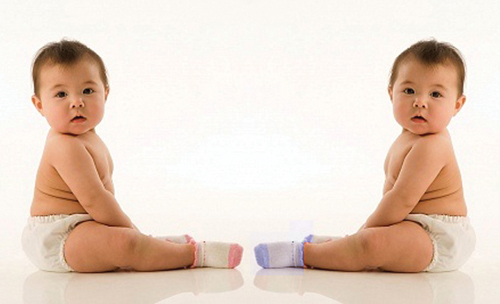By Alexa Olesen
The Associated Press
 Image by NWAW staff |
BEIJING (AP) — China will continue to limit most families to just one child in the coming decades, state media said Sept. 27, despite concerns about the policy’s problematic side effects, such as having too few girls and a rapidly aging population.
China has the world’s largest population and credits its 30-year-old family planning limits with preventing 400 million additional births and helping to break a traditional preference for large families that had left many trapped in cycles of poverty.
There has been growing speculation among Chinese media, experts, and ordinary people about whether the government would relax the policy soon, allowing more people to have two children. A family planning official in the southern province of Guangdong predicted that his province would loosen the restrictions by 2015, and possibly scrap the one-child limit by 2030.
But the China Daily newspaper on Sept. 27 quoted Li Bin, head of the National Population and Family Planning Commission, as saying that there were no plans to change the policy anytime soon.
“Historical change doesn’t come easily, and I, on behalf of the National Population and Family Planning Commission, extend profound gratitude to all, the people in particular, for their support of the national course,” Li was quoted as saying at an event marking three decades since the policy was introduced.
“So, we will stick to the family planning policy in the coming decades,” she said.
The strict family planning rules, which limit urban couples to one child and rural couples to two, have curbed China’s population growth but brought new problems, such as an expanding elderly population that demographers say will be increasingly hard to support as the young labor force begins shrinking over the next few years.
The policy is also blamed for the country’s skewed sex ratio. Chinese families with a strong preference for boys sometimes resort to aborting their baby girls, a practice which has upset the ratio of male to female babies. Demographers worry the imbalance will make it hard for men to find wives and could fuel the trafficking of women and children as brides.
The male-female ratio at birth in China is about 119 males to 100 females, with the gap as high as 130 males for every 100 females in some provinces. In industrialized countries, the ratio is 107 to 100.
In an interview with local media on Saturday, the director of Guangdong’s family planning commission, Zhang Feng, said he expected the policy there would loosen after the current national five-year plan is complete, or around 2015.
“I predict that if population control remains on course and meets its targets, Guangdong is likely to let couples in which one of the two parents is an only child to have a second child,” he said in an interview with the Yangcheng Evening News. “And after 2030, any Guangdong couple could have a second child. That’s just my personal view.”
A transcript of Zhang’s interview was posted to the Guangdong provincial government website.
The family planning commission could not immediately be reached by telephone and did not respond to an e-mailed request for comment. ♦



